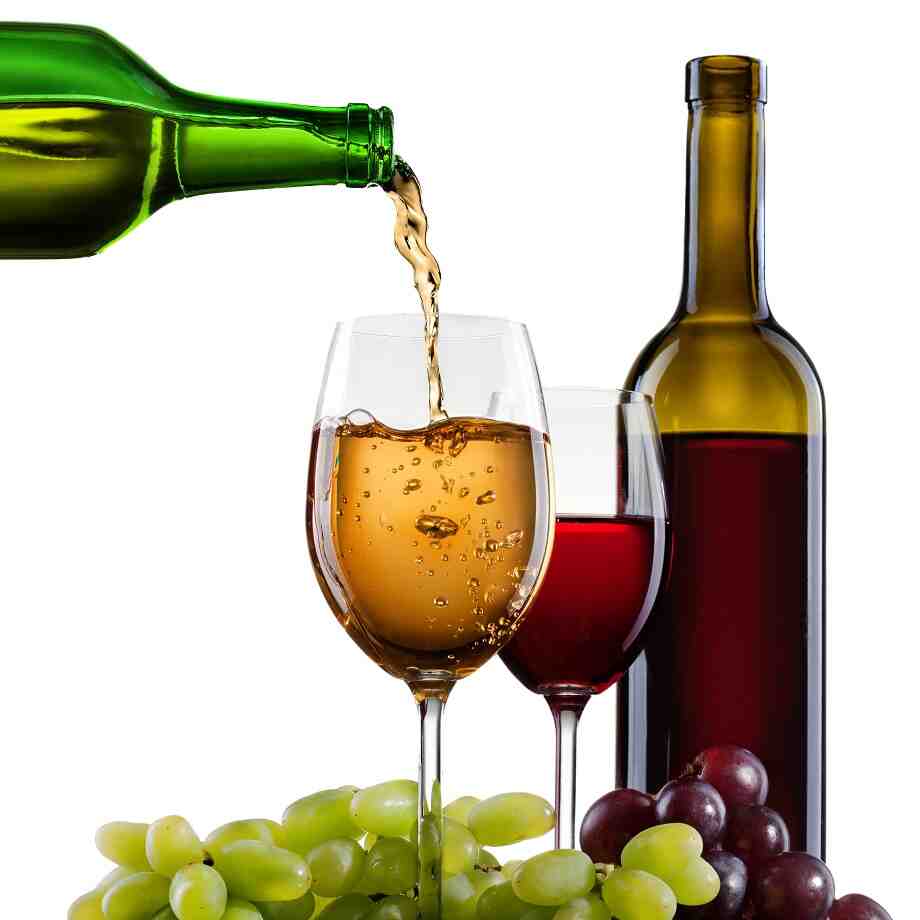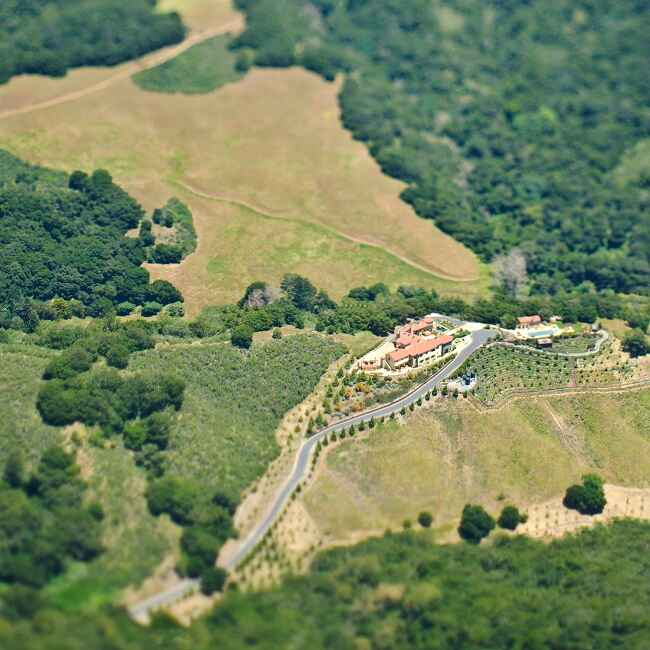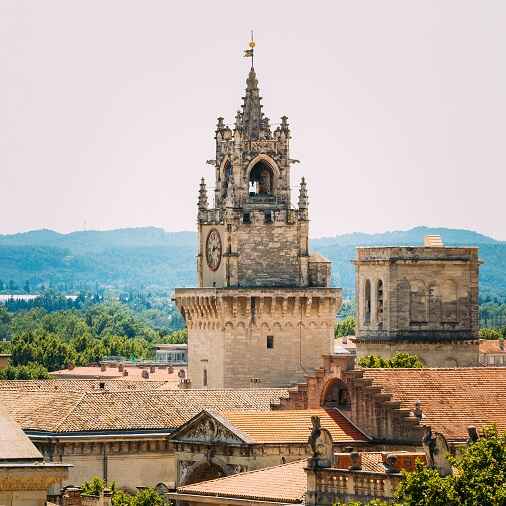The Legacy of Bordeaux: A Guide to French Wine Royalty
Bordeaux, the crown jewel of French winemaking, has long been celebrated for its rich heritage, exceptional wines, and prestigious estates. Located in the southwest of France, Bordeaux is not only one of the largest and most renowned wine regions in the world but also a place where the craft of winemaking has been perfected over centuries. With its distinctive terroir, diverse grape varieties, and rich history, Bordeaux has earned its place as the true royalty of French wine. This guide will take you through the legacy of Bordeaux, exploring its history, the region’s unique characteristics, and the wines that have helped it achieve its royal status.
A Rich History of Bordeaux Wine
The roots of Bordeaux wine can be traced back to the Roman era, but it was during the 12th century, when the region came under English control, that Bordeaux’s reputation as a wine capital began to take shape. The marriage of Eleanor of Aquitaine to King Henry II of England in 1152 created a strategic alliance, and Bordeaux wines became highly sought after in England. This royal connection paved the way for Bordeaux to establish its influence in the international wine trade.
Over the centuries, Bordeaux’s reputation continued to grow, especially with the establishment of Bordeaux’s classification system in 1855. During the Exposition Universelle (World’s Fair) in Paris, Napoleon III requested that Bordeaux’s top estates be classified according to their quality. This classification, which is still in place today, designated five “First Growths” that became synonymous with exceptional quality and luxury, ensuring Bordeaux’s status as the gold standard of fine wine.
The Bordeaux Region: A Kingdom of Terroir
Bordeaux’s reputation is largely due to its diverse terroir, which offers a unique combination of climate, soil, and geography that is perfectly suited to growing wine. The region is situated on the banks of the Garonne River and is influenced by the temperate maritime climate of the Atlantic Ocean. The area is divided into several sub-regions, each offering distinct conditions for viticulture.
- Left Bank (Médoc and Graves): The Left Bank is known for its gravelly soils, which allow for excellent drainage, and it is home to Bordeaux’s most famous estates. This region is the birthplace of the Cabernet Sauvignon-dominant wines that define Bordeaux reds. The Médoc, in particular, is home to the prestigious appellations of Pauillac, Margaux, and Saint-Estèphe, while Graves is known for both red and white wines, including the exceptional sweet wines of Sauternes.
- Right Bank (Saint-Émilion and Pomerol): On the Right Bank, the soils are more clay-based, and the wines produced here tend to be more Merlot-based, offering softer, fruit-forward flavors. Saint-Émilion and Pomerol are the most notable appellations in this region, producing some of Bordeaux’s most coveted and expensive wines, such as Château Pétrus from Pomerol and Château Cheval Blanc from Saint-Émilion.
- Entre-Deux-Mers: Situated between the Garonne and Dordogne rivers, the Entre-Deux-Mers region is known for producing primarily white wines, most commonly made from Sauvignon Blanc, Sémillon, and Muscadelle. The region’s cooler climate is perfect for fresh, crisp white wines, and it also produces some affordable and accessible Bordeaux wines.
- Bordeaux Superieur: This is a broad appellation that encompasses various sub-regions across Bordeaux. It is known for producing wines with higher standards and slightly stricter regulations than some of the more general Bordeaux AOC wines.
The Grapes That Define Bordeaux
Bordeaux’s winemaking success can largely be attributed to its selection of grape varieties, which thrive in the region’s diverse terroirs. The most famous grape varieties grown in Bordeaux are:
- Cabernet Sauvignon: This grape is the backbone of many Bordeaux reds, particularly on the Left Bank, where it thrives in the gravelly soils. It produces wines that are structured, tannic, and capable of aging for decades. The rich flavors of blackcurrant, cedar, and tobacco are hallmark characteristics of Cabernet Sauvignon-based wines.
- Merlot: The most widely planted grape variety in Bordeaux, Merlot thrives on the Right Bank, particularly in Saint-Émilion and Pomerol. Merlot-based wines are known for their softness, roundness, and fruit-forward flavors, with notes of plum, blackberry, and chocolate. Merlot wines are often more approachable in their youth but can age well too.
- Cabernet Franc: While Cabernet Franc is often overshadowed by Cabernet Sauvignon, it is a crucial component in Bordeaux blends, especially on the Right Bank. Known for its aromatic complexity and lighter tannins, Cabernet Franc adds perfume, spice, and finesse to Bordeaux wines, with flavors of red fruit, herbs, and flowers.
- Petit Verdot: Often used in small quantities to add depth and color to Bordeaux blends, Petit Verdot brings a touch of spice and tannic structure. It is typically used as a complement to Cabernet Sauvignon and Merlot in the Left Bank wines.
- Sauvignon Blanc: This white grape variety is a key player in Bordeaux’s white wine production, particularly in the Graves and Pessac-Léognan appellations. Sauvignon Blanc contributes acidity, freshness, and herbal notes to the wines, with flavors of grapefruit, gooseberry, and grass.
- Sémillon: Often blended with Sauvignon Blanc, Sémillon is the dominant grape in Bordeaux’s famous sweet wines, especially in the Sauternes and Barsac appellations. Sémillon adds richness, body, and complexity to the wines, with flavors of honey, apricot, and botrytis (the noble rot that contributes to the sweetness).
The Bordeaux Wine Classification System: Defining Royalty
One of the key reasons Bordeaux has earned its reputation as the royal center of wine is the 1855 Bordeaux Wine Classification, which was created to rank the region’s top wines based on their quality and trading price. The classification is still in effect today, and it is divided into five categories, known as “crus,” or growths. The five First Growths, or Premier Cru, are considered the highest echelon of Bordeaux wine royalty.
The First Growths (Premier Cru)
- Château Lafite Rothschild
- Château Margaux
- Château Latour
- Château Haut-Brion
- Château Mouton Rothschild (added in 1973)
These estates produce some of the most sought-after wines in the world, often selling for hundreds of thousands of dollars per bottle. The wines are known for their exceptional quality, aging potential, and historical significance.
The Second Growths (Deuxième Cru)
The Second Growths are still prestigious and produce wines that are highly respected but are generally less expensive than the First Growths. Some examples include Château Cos d’Estournel, Château Montrose, and Château Pichon Longueville.
The Third to Fifth Growths
The Third, Fourth, and Fifth Growths continue down the classification, but many estates have improved in quality over the years, producing wines that can rival the First and Second Growths in terms of quality. Notable examples include Château Lynch-Bages (Fifth Growth) and Château Palmer (Third Growth).
Bordeaux Wines: A Taste of Royalty
Bordeaux wines are known for their balance, structure, and aging potential. Whether it’s a young, fruit-forward wine or a complex, mature bottle, Bordeaux offers wines for every palate. The Left Bank wines, typically made with a higher proportion of Cabernet Sauvignon, tend to be bolder, with firm tannins and a long finish. These wines are perfect for aging and can evolve beautifully over decades. On the other hand, the Right Bank wines, with their Merlot dominance, are often smoother and more approachable in their youth, though they too have excellent aging potential.
The region’s sweet wines, particularly from Sauternes and Barsac, are another expression of Bordeaux’s royal status. These wines, made from grapes affected by noble rot, are rich, golden, and intensely flavored, with notes of honey, apricot, and tropical fruit.
Bordeaux Today: The Legacy Continues
The legacy of Bordeaux continues to thrive in the modern era, with new generations of winemakers maintaining the region’s reputation for excellence while embracing innovation. While the traditional estates remain the heart of Bordeaux’s wine industry, a growing number of new wineries and biodynamic producers are emerging, blending modern techniques with the age-old practices that have made Bordeaux famous.
Whether you are an experienced wine connoisseur or just beginning to explore the world of wine, Bordeaux remains the undisputed king of French wine. Its rich history, diverse terroir, and world-class wines ensure that the legacy of Bordeaux will endure for generations to come. Every bottle of Bordeaux tells a story of centuries-old tradition, royal heritage, and the timeless pursuit of perfection in winemaking.









